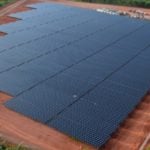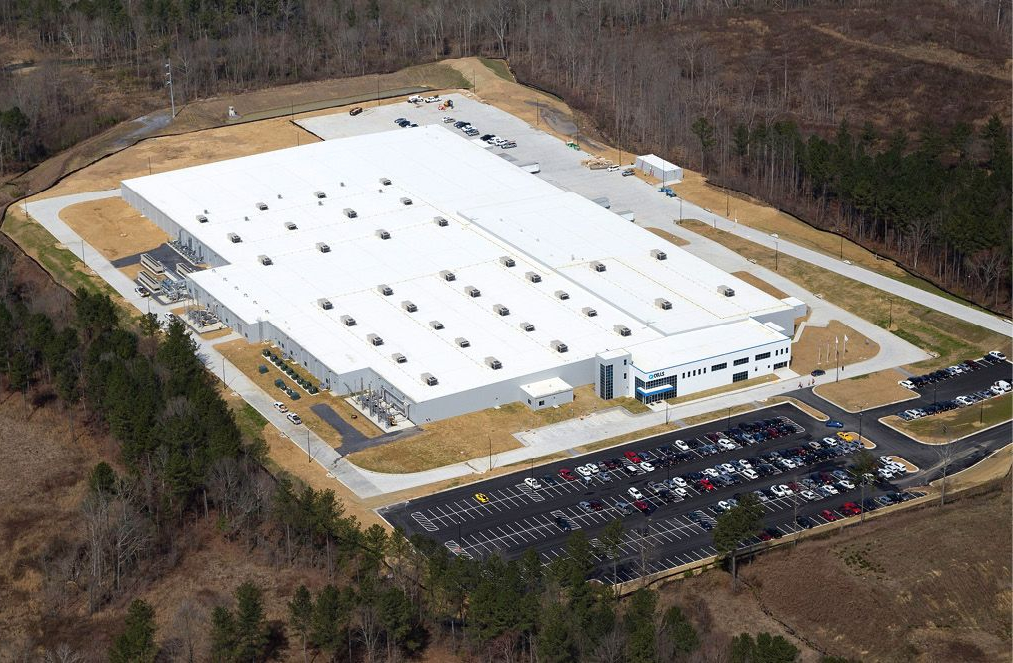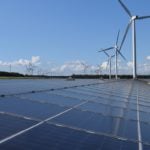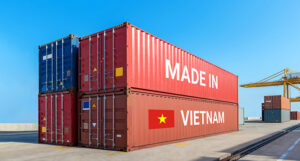Latest
Features , Featured Articles
A 1.6MW solar install at Rio Tinto’s Weipa in Queensland. Image: Rio Tinto.
The Queensland government confirmed yesterday (18 June) that Caloundra, Australia, will house a Local Renewable Energy Zone (LREZ), with plans to triple rooftop solar PV generation.
The pilot project will see the deployment of up to 8.4MW/18.8MWh of battery energy storage systems (BESS), support up to an additional 2.8MW of solar PV, and 0.9MW of demand management.
This article requires Premium Subscription Basic (FREE) Subscription
Unlock unlimited access for 12 whole months of distinctive global analysis
Photovoltaics International is now included.
Regular insight and analysis of the industry’s biggest developments
In-depth interviews with the industry’s leading figures
Unlimited digital access to the PV Tech Power journal catalogue
Unlimited digital access to the Photovoltaics International journal catalogue
Access to more than 1,000 technical papers
Discounts on Solar Media’s portfolio of events, in-person and virtual
Or continue reading this article for free
The LREZ will allow customers to share the benefits of renewable energy, especially those who haven’t been able to invest in solar power, with support from Energy Queensland, the state-owned distribution system operator (DNO), and its local network-connected battery energy storage units.
Steven Miles, premier for the Queensland government, allocated AUS$40 million (US$26 million) in the State Budget to support the pilot project, with hopes it would “put Sunshine Coast rooftops at the centre of the renewable energy transition”, a government paper read.
The LREZ will enable households with rooftop solar PV to transfer the energy they generate during the day into local BESS’, which will then be transmitted back during the night when energy usage is at its peak.
The government confirmed that the benefits will be shared across Caloundra’s residential and commercial customer sites from January 2025.
Steven Miles stated that the LREZ will “maximise the use of existing network infrastructure and batteries to produce, store, share, and use renewable energy locally”.
“Our AU$1000 electricity rebates are helping Queenslanders with cost-of-living pressures now, but we need to plan for the future too and LREZs are another way we giving Queenslanders cheaper, cleaner electricity and making sure we can capitalise on the natural assets in the Sunshine state,” Miles added.
Energy Queensland receives go-ahead for 18 network-connected BESS
Energy Queensland has received approval for an additional 18 local network-connected batteries. These batteries will play a significant role in the transition to deliver clean, reliable, and affordable energy for future generations.
The State government committed AUS$240 million in the Budget to build 18 new local network-connected batteries across the state. The funding package is also set to boost local manufacturers and suppliers in many communities throughout the state.
The new batteries will be part of Stage 5 of the Energy Queensland battery program. This stage will continue the success of previous stages, which have already seen the construction of 30 local network-connected batteries and three different flow battery systems across the state.
Energy Queensland’s chief engineer Peter Price said: “This mix of customer-owned and network-owned batteries could deliver the peaking power equivalent to a coal fired generator. Already Queensland has over 5GW of solar connected to Energy Queensland’s distribution networks which is more than three times the size of the largest coal generator.”
Queensland government targets 12 REZ
Earlier this year (27 March), the Queensland government published a roadmap to develop 12 REZ across the state.
The REZs, which aim to add 22GW of renewable energy capacity by 2035, were divided into three sub-regions. These include Southern Queensland, Central Queensland and North and Far North Queensland.
Due to its existing coal-fired power stations and large electricity loads, Central Queensland is expected to be the first official REZ location. The Callide REZ will be the first zone, including 2GW and 2.6GW of renewable capacity. Central Queensland already has nine solar PV plants and 48 renewable energy projects in the pipeline.
FREE WEBINAR -This special webinar will take a deep dive into the latest PV ModuleTech Bankability Ratings pyramid, capturing the relative bankability status of the top 70-80 PV module suppliers globally. In addition to revealing the latest ranking of global PV module suppliers, PV Tech’s Head of Research, Finlay Colville, will show the depth of analysis and commentary included within the report for module suppliers.
A key output from the webinar will be to learn which PV module suppliers have moved up the rankings pyramid in recent years and why this growth has been achieved. Conversely, some of the companies that have fallen down the rankings will be discussed, in particular those suffering from market-share losses and financial problems.
San Francisco Bay Area, USA
PV Tech has been running an annual PV CellTech Conference since 2016. PV CellTech USA, on 8-9 October 2024 is our second PV CellTech conference dedicated to the U.S. manufacturing sector. The event in 2023 was a sell out success and 2024 will once again gather the key stakeholders from PV manufacturing, equipment/materials, policy-making and strategy, capital equipment investment and all interested downstream channels and third-party entities. The goal is simple: to map out PV manufacturing in the U.S. out to 2030 and beyond.
Understanding PV module supply to the European market in 2025. PV ModuleTech Europe 2024 is a two-day conference that tackles these challenges directly, with an agenda that addresses all aspects of module supplier selection; product availability, technology offerings, traceability of supply-chain, factory auditing, module testing and reliability, and company bankability.
The conference will gather the key stakeholders from PV manufacturing, equipment/materials, policy-making and strategy, capital equipment investment and all interested downstream channels and third-party entities. The goal is simple: to map out PV manufacturing out to 2030 and beyond.
PV Tech has been running PV ModuleTech Conferences since 2017. PV ModuleTech USA, on 17-18 June 2025, will be our fourth PV ModulelTech conference dedicated to the U.S. utility scale solar sector. The event will gather the key stakeholders from solar developers, solar asset owners and investors, PV manufacturing, policy-making and and all interested downstream channels and third-party entities. The goal is simple: to map out the PV module supply channels to the U.S. out to 2026 and beyond.
Read Next
ARENA has launched its global AUS$100 million ‘Solar ScaleUp Challenge’ aiming to stimulate innovation and collaboration in the solar sector.
US solar tracker manufacturer Nextracker has unveiled a new manufacturing line in collaboration with industrial manufacturing services company Unimacts.
Fraunhofer ISE has launched a project to improve tracking algorithms, using a digital twin to calculate optimised control approaches.
Global solar installations increased by 87% year-on-year in 2023 as China continued to dominate growth, according to SolarPower Europe.
Croatia has launched a new renewables auction with 450MW of solar PV capacity tendered.
Pacific Partnerships has gained development rights for one of Australia’s largest solar PV projects, with 700MW of generation capacity.
Subscribe to Newsletter
Most Read
Features , Featured Articles
Upcoming Events
Sands Expo and Convention Centre, Singapore
https://www.pv-tech.org/queensland-government-designates-new-local-rez-to-triple-rooftop-solar-pv-generation/





